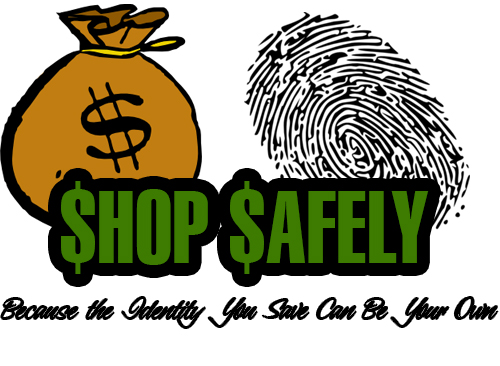
Shopping. To some of us, it’s the “S” word. To others, it’s a fulfilling hobby. To all of us, it’s a necessity. We all need to shop. From life’s basic necessities to the things we long for the most, we need to shop. If you’re like me, you’ll do all you can to find a bargain. Often, you can get the best bang for your buck by shopping online. It’s certainly the easiest way to compare products from different retailers. It sure beats getting into the car and driving all over town trying to find the best deal! As is the case with most things on the Internet, predators lurk around every turn, and online shopping is one of the biggest targets for scammers. When armed with some basic tips, shopping on the Internet can be a safe, convenient way to do business. Let’s grab our virtual shopping cart and take a look.
I know I’m a broken record here. In post after post I’ve mentioned that it’s of utmost importance to use common sense when dealing with anything on the Internet. Even still, the same goes for online shopping. This is very basic information, and I apologize for being over simplistic, but 99.99999% of businesses use a .com web address for their web site. .com means the site is meant for commercial purposes so it makes sense. If you’re in the market for a new LED television and you wanted to see what Best Buy had to offer, make sure that you choose BestBuy.com from the search results displayed by your favorite search engine. I can promise you that a major business such as Best Buy will not use (for instance) a .org or .info domain for their shopping portal! Many search engines specifically state “Official Site” next to their search results so you know you’re in the right place.
So, you’re at the site, you’ve found just the right television to buy, and you’re ready to checkout. Now what? Well, now is the time to make sure you’re about to put your credit card information into a secure site. A secure site means precautions have been taken to ensure that a customer’s information cannot be stolen. The information is encrypted so it can only be read by the seller. There are a couple of easy ways to determine whether or not a web site is secure, and whether or not you should plop down all your personal and financial information or move on down the road to another site. The first thing to look for is if there’s a picture of a padlock in the address bar. The lock will appear in various places depending on the browser you’re using. Internet Explorer shows the lock all the way to the right of the address bar. Google Chrome places it all the way to the left. Mozilla Firefox displays it on the left as well. Safari also shows it to the left. The other surefire way to tell that a site is a safe one to make a transaction with is if the web address begins with https. Not surprisingly, the “s” stands for secure. Also, though this isn’t always the case, some websites display the entire address bar in green so a user will know at a glance that they are protected.
I’m of the group that thinks shopping is the real “S” word. To me, shopping is painful enough without having to worry about being scammed out of my hard-earned money or losing my identity. Hopefully these tips will help you shop safely and avoiding becoming one of the 10 million Americans whose identity is stolen every year. Because after all, the identity you save can be your own!
